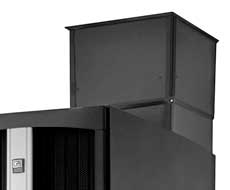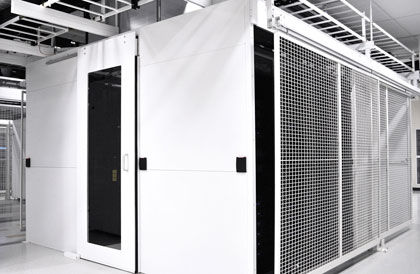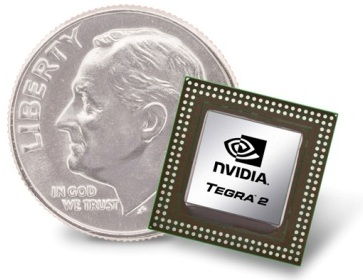You and I need to talk about “U” and “I.”
So let's start with the "I" in CPI. In 2006, Chatsworth Products, Inc. introduced CPI Passive Cooling® – a method by which hot exhaust air from increasingly dense and complex computing equipment could be isolated and re-routed to the ceiling above.
 Using the simple logic that hot air rises (not to mention a few thermal management accessories including a vertical exhaust duct, seen here), passive cooling not only prevents inefficient mixing of hot exhaust air and chilled supply air, it ensures a high level of energy efficiency at a fraction of the cost (especially in the summer, which officially starts next week!)
Using the simple logic that hot air rises (not to mention a few thermal management accessories including a vertical exhaust duct, seen here), passive cooling not only prevents inefficient mixing of hot exhaust air and chilled supply air, it ensures a high level of energy efficiency at a fraction of the cost (especially in the summer, which officially starts next week!)
As CPI Passive Cooling has evolved over the years, its impact on data center infrastructure storage has been remarkable. Up to 90% reduction in data center cooling costs and 40% on total data center energy spend, not to mention the ability to tackle heat loads of 2 kW per cabinet all the way up to large-scale applications pushing 30 kW and above.
It’s a track record based on longevity, built for success, and one that’s now evolving into the next phase of thermal management efficiency, that of CPI Aisle Containment Solutions (see below).

But where do “U” fit into this equation? Look no further than a central processing unit, the CPU.
Buried deep within the confines of any server, switch or computer is the CPU, a tireless, micro-sized workhouse of a chip that acts as the brains behind the braun of the world’s largest digital infrastructures.
 And for something so small (sometimes smaller than a dime!) to take on challenges so big, it’s no wonder that CPUs get HOT!
And for something so small (sometimes smaller than a dime!) to take on challenges so big, it’s no wonder that CPUs get HOT!
So what to do about all the heat generated by a hardworking CPU – especially the most menacing, heavy-duty data handling models on the market from giants like Intel and Nvidia?
If you’re CompTake, a thermal solutions provider in Taiwan, you take a good idea (passive cooling!) and break it down to its ‘core’ essence – applying no less than 40 strategically placed aluminum tubes (think of them like miniature vertical exhaust ducts) to the CPU itself.
 As the CPU ramps up its workload, the heat it generates is then transferred up and out the tubes, thereby removing the inefficient heat from direct contact and interference with the chip itself. Pretty nifty if you ask us, and a good reminder that big ideas pack a punch, even on the world's smallest stage. Jeff Cihocki, Global eContent Specialist
As the CPU ramps up its workload, the heat it generates is then transferred up and out the tubes, thereby removing the inefficient heat from direct contact and interference with the chip itself. Pretty nifty if you ask us, and a good reminder that big ideas pack a punch, even on the world's smallest stage. Jeff Cihocki, Global eContent Specialist